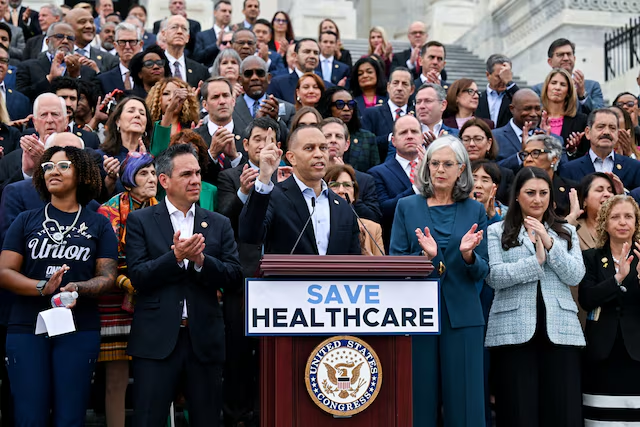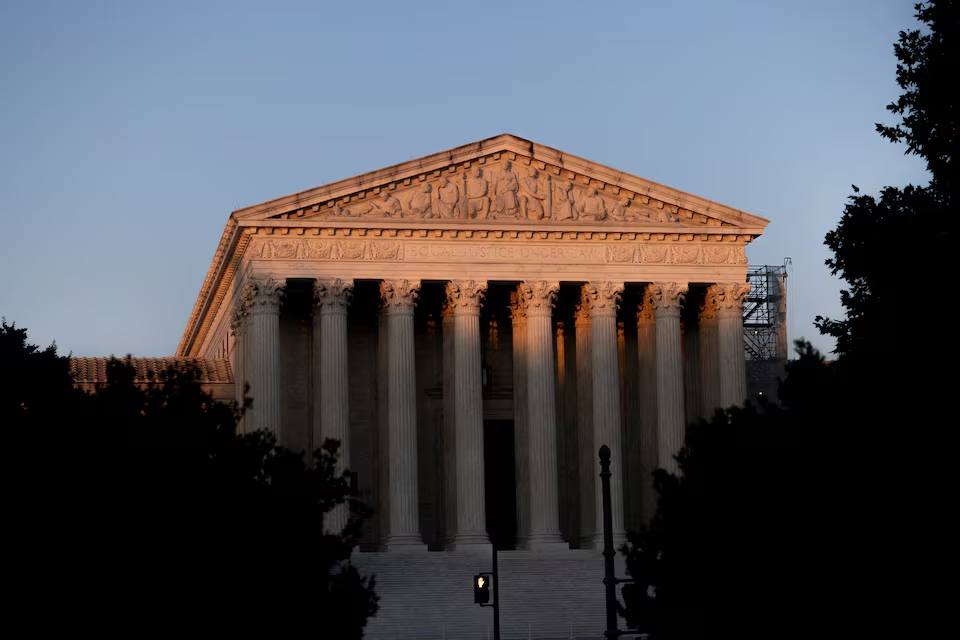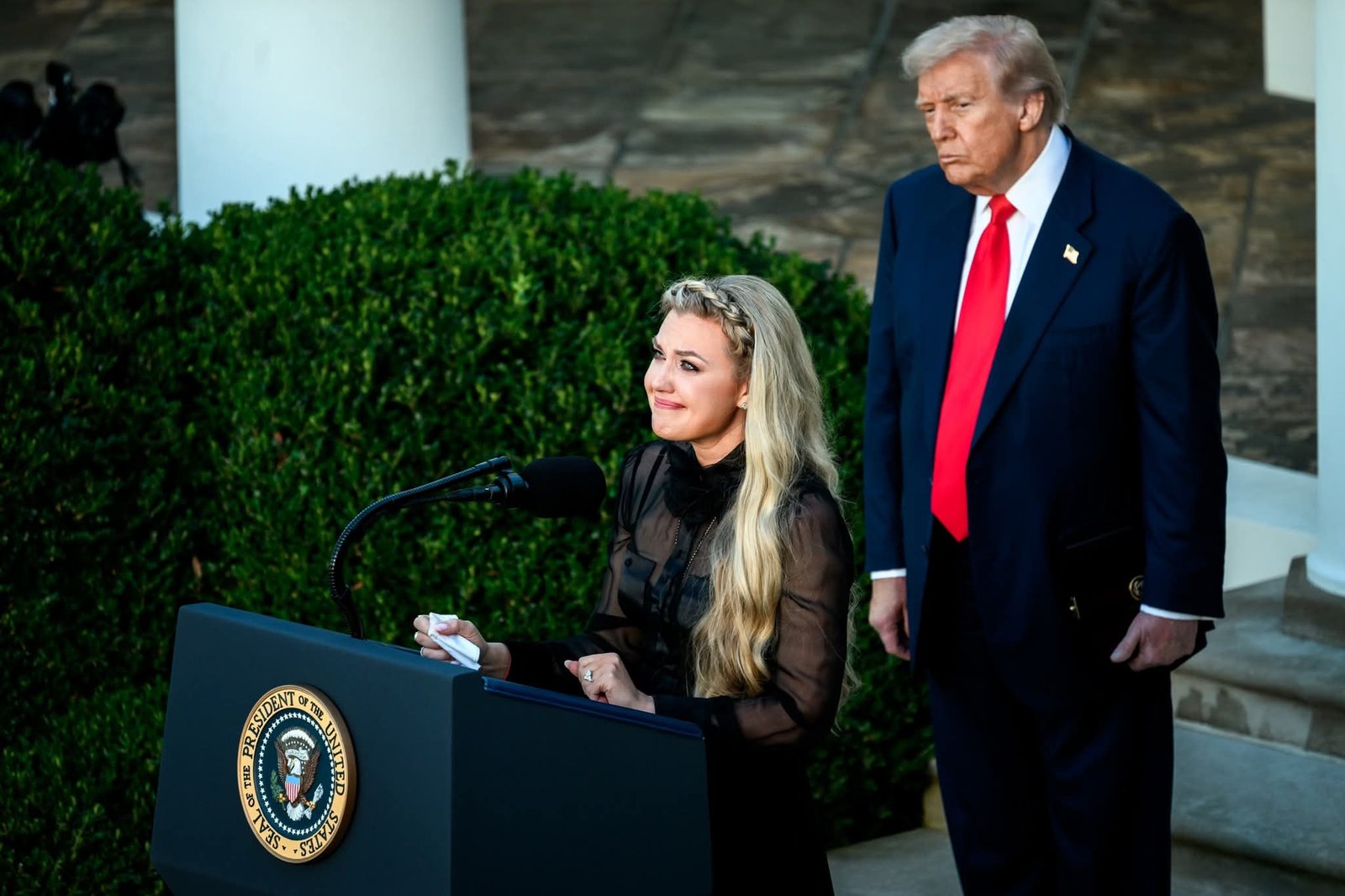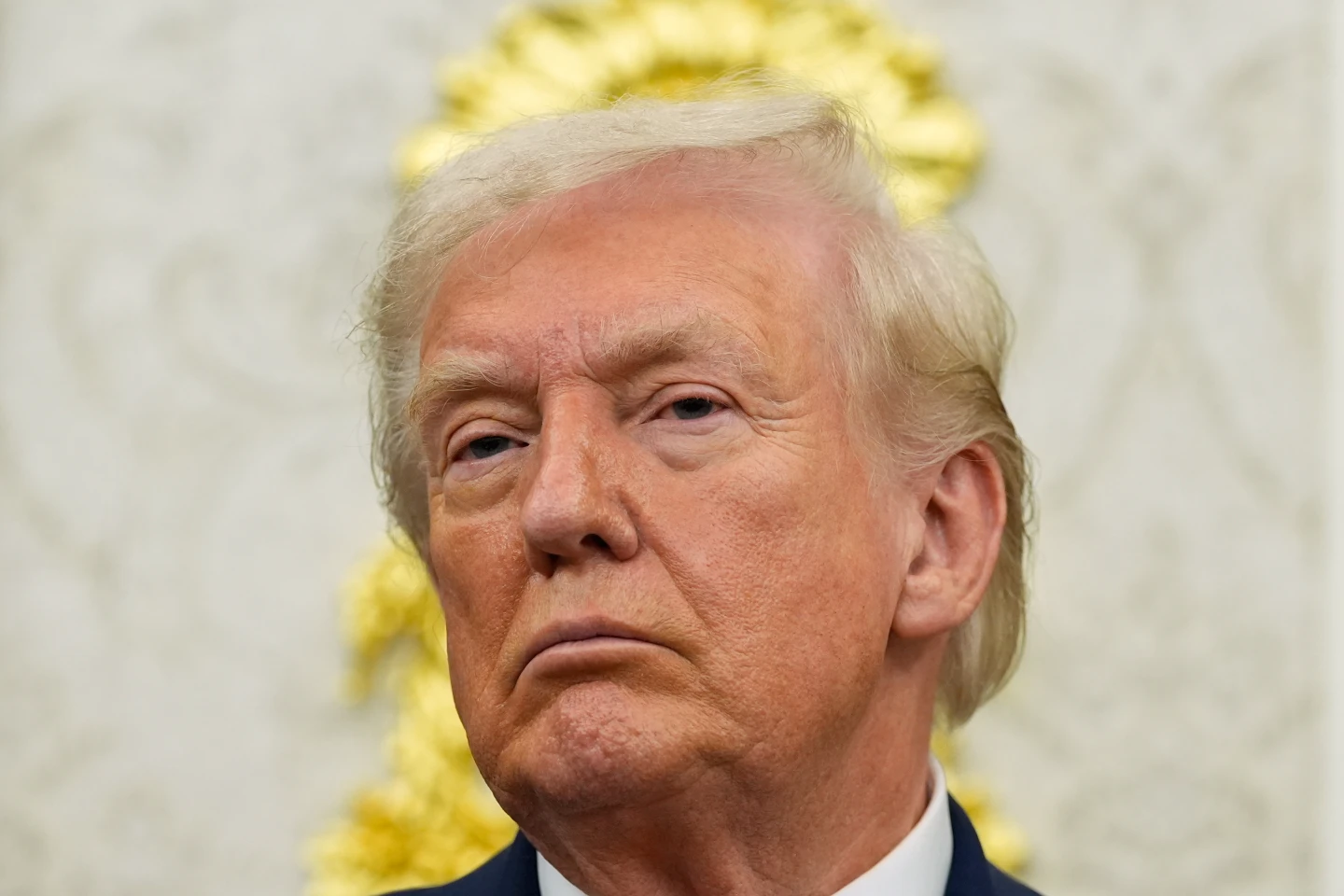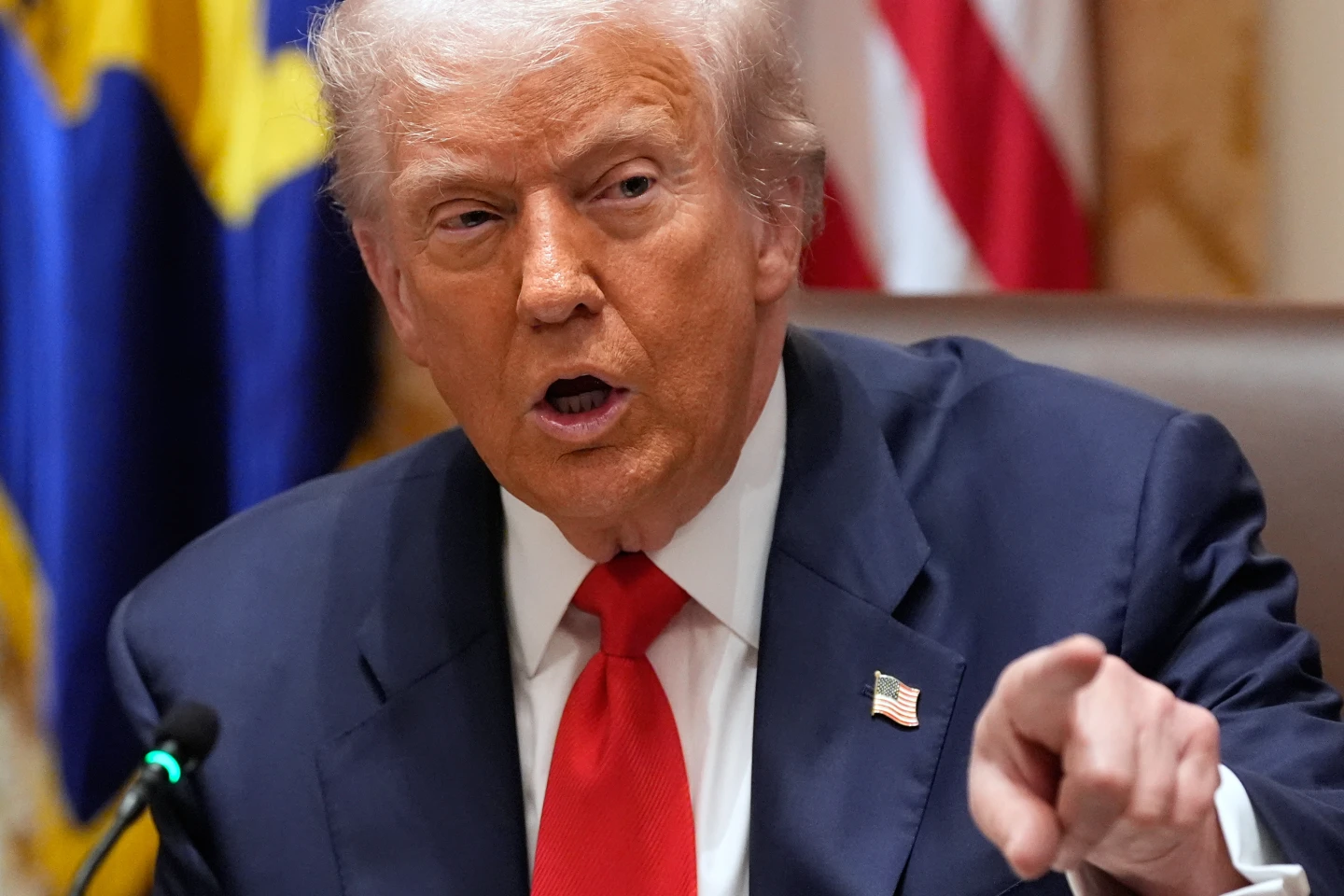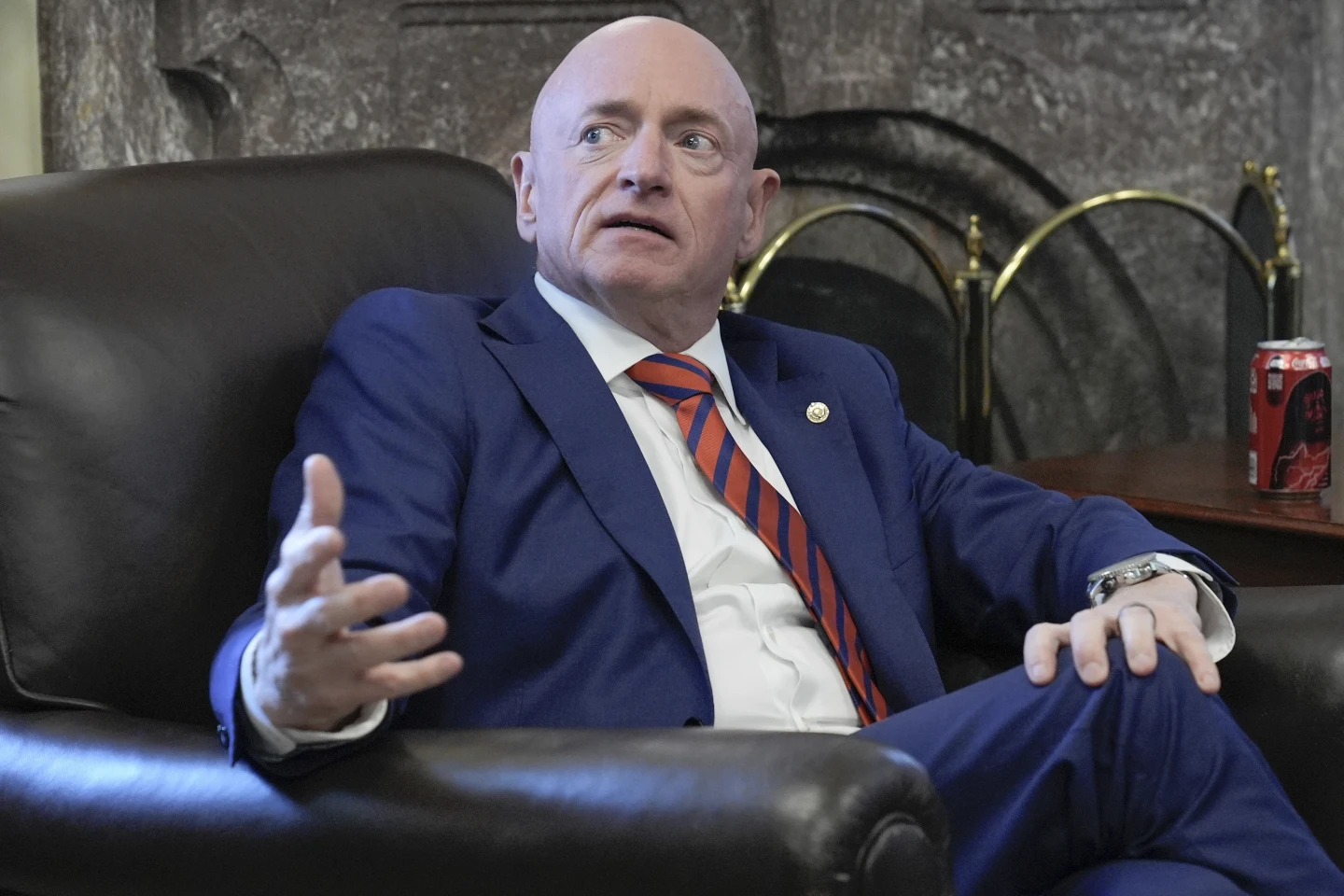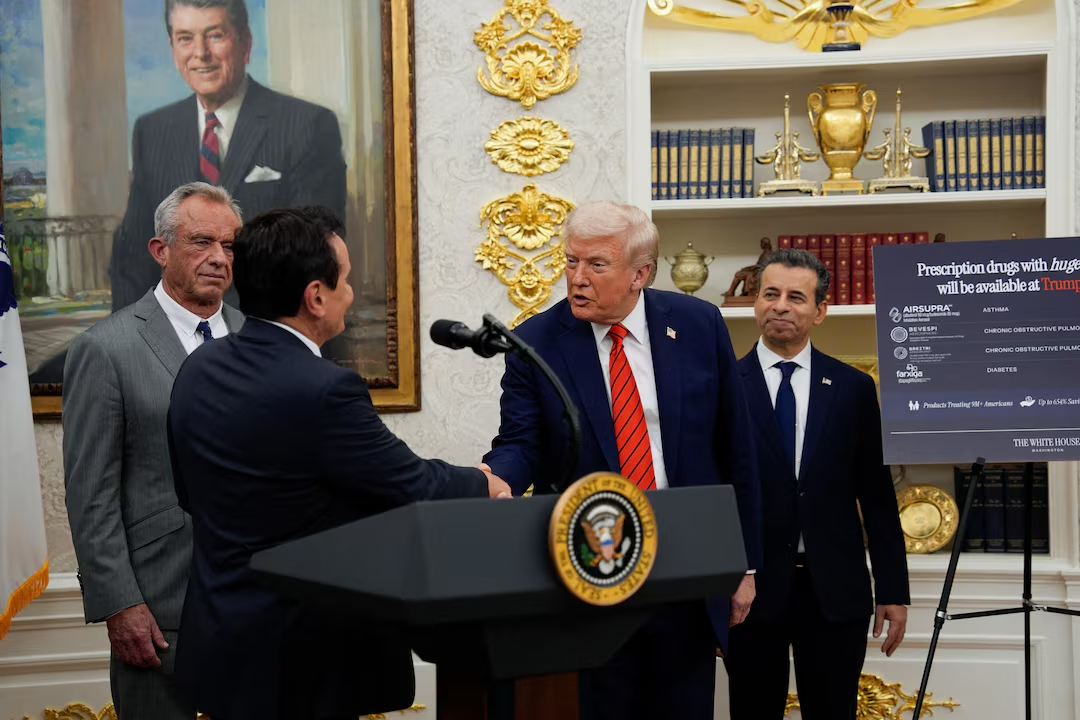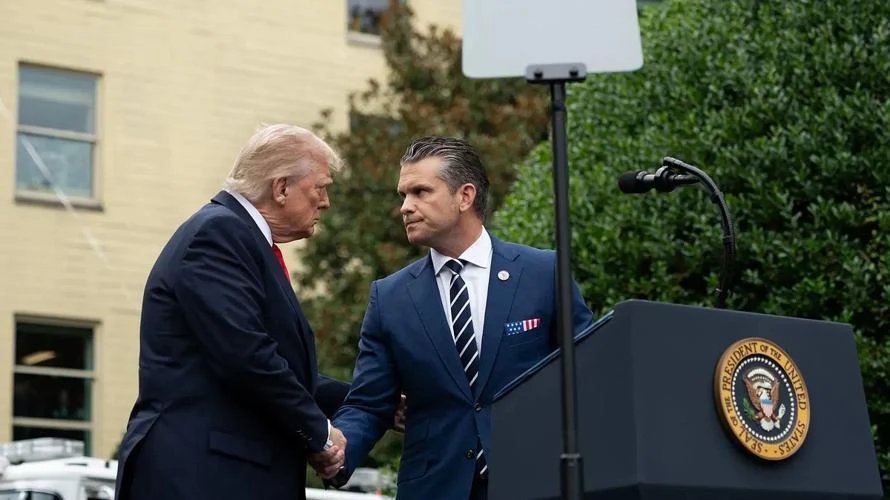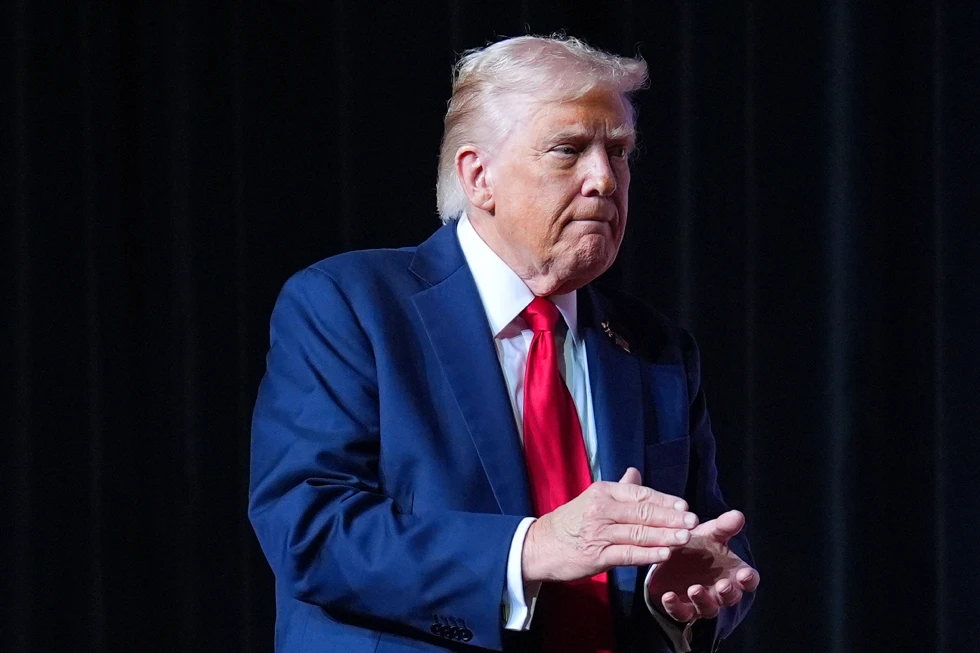Democrats and Republicans Clash Over Healthcare in Prolonged U.S. Government Shutdown
The American people understand clearly that Republicans forced a government shutdown because they are hell-bent on defunding Americans’ healthcare,” said Katarina Flicker, spokesperson for House Majority PAC, a super PAC supporting Democratic candidates. “It will cost them at the ballot box in 2026.”
Democrats and Republicans Clash Over Healthcare in Prolonged U.S. Government Shutdown
The United States government entered its third day of shutdown on Friday as Democrats and Republicans clashed bitterly over healthcare funding and government spending, setting the stage for a high-stakes political showdown ahead of the 2026 midterm elections.
At the center of the dispute is a stopgap spending measure. Republicans, who hold a slim majority in the House of Representatives, insist on a short-term extension that would keep government agencies funded only through November 21. Democrats, however, are demanding that the bill include continued and expanded subsidies under the Affordable Care Act (ACA), which provides healthcare coverage to more than 24 million Americans.
Democrats believe that prioritizing healthcare—a top concern for many voters worried about rising costs and access—will strengthen their hand in next year’s elections. They argue that Republicans are responsible for triggering the shutdown by refusing to protect funding for Americans’ health coverage.
“The American people understand clearly that Republicans forced a government shutdown because they are hell-bent on defunding Americans’ healthcare,” said Katarina Flicker, spokesperson for House Majority PAC, a super PAC supporting Democratic candidates. “It will cost them at the ballot box in 2026.”
This position represents a reversal of roles. Historically, it has been Republicans who have embraced government shutdowns, often over demands for spending cuts. The longest shutdown in U.S. history—35 days during Trump’s first term—was sparked by his demand for border wall funding.
Political Stakes in 2026
The timing of the standoff is crucial. Republicans currently hold a narrow 219-213 majority in the House, but history suggests the president’s party typically loses seats in midterm elections. At former President Trump’s urging, several Republican-led states are aggressively redrawing congressional districts to limit Democrats’ chances of flipping the chamber.
In the Senate, Republicans hold a 53-47 edge and are seen as favorites to maintain control, as they are defending relatively few seats in competitive states. For Democrats to win the majority, they would not only need to hold onto seats in battleground states like Georgia and Michigan—where Trump performed strongly—but also secure victories in swing states such as Maine and North Carolina, and potentially flip Republican-leaning states like Ohio, Iowa, or Texas.
Public Opinion and Risks
Recent polls show that more Americans currently blame Republicans for the shutdown than Democrats, a dynamic Senate Majority Leader Chuck Schumer quickly highlighted.
“The longer they drag it out, the deeper the pain, and that blame will grow,” Schumer said of the GOP.
Still, some Democratic strategists warn of potential backlash. Mark Penn, a former adviser to President Bill Clinton, cautioned on X that the gamble could misfire.
“Shutting down the government could well cost them the midterms, even if it plays well to the base voters,” Penn said.
Republicans, meanwhile, are framing the issue as one of accountability and responsibility.
“This is real pain to real people,” said House Speaker Mike Johnson in an interview with Fox Business host Larry Kudlow. “Chuck Schumer and the Democrats in the Senate seem not to care.”
What’s Next?
With neither side showing signs of compromise, the shutdown is poised to stretch on, potentially amplifying economic and political fallout. Hundreds of thousands of federal workers face furloughs or delayed paychecks, and critical public services are disrupted.
For Democrats, the confrontation represents an opportunity to sharpen their healthcare message in the run-up to November 2026. For Republicans, it is a chance to rally their base around fiscal discipline and opposition to expanding government subsidies.
But for millions of Americans, the stalemate means uncertainty—not only about their government, but also about the future of their healthcare.


